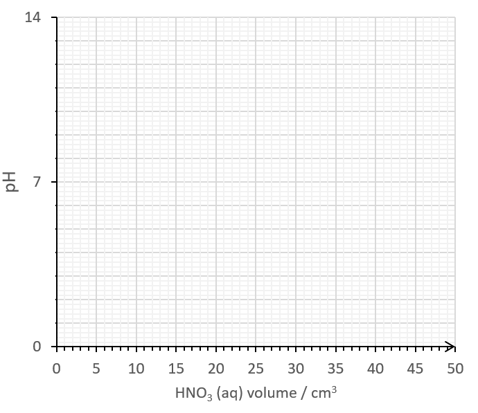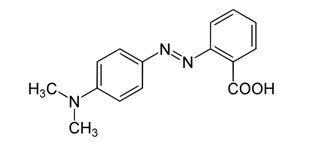Question 1a
a)
Ammonia reacts with boron trifluoride to form an adduct, a molecule made from the combination of two others.
NH3 + BF3 → NH3BF3
Identify the Lewis acid and base and the type of bond formed between a Lewis acid and base.
[2]
Question 1b
b)
Explain the role of water, in terms of Lewis acid-base theory, in the following equations:
NH3 (aq) + H2O (l) format('truetype')%3Bfont-weight%3Anormal%3Bfont-style%3Anormal%3B%7D%3C%2Fstyle%3E%3C%2Fdefs%3E%3Ctext%20font-family%3D%22math1aa495e18c7e3a21a4e48923b92%22%20font-size%3D%2214%22%20text-anchor%3D%22middle%22%20x%3D%229.5%22%20y%3D%2214%22%3E%26%23x21CC%3B%3C%2Ftext%3E%3C%2Fsvg%3E) NH4+ (aq) + OH- (aq)
NH4+ (aq) + OH- (aq)
HCl (aq) + H2O (l) → H3O+ (aq) + Cl- (aq)
[2]
Question 1c
c)
'All Brønsted-Lowry acids are Lewis acids but not all Lewis acids are Brønsted Lowry acids.'
Evaluate whether this statement is true, giving an appropriate example.
[4]
Question 1d
d)
In the nitration of benzene, identify a species which acts as a Lewis base.
[1]

